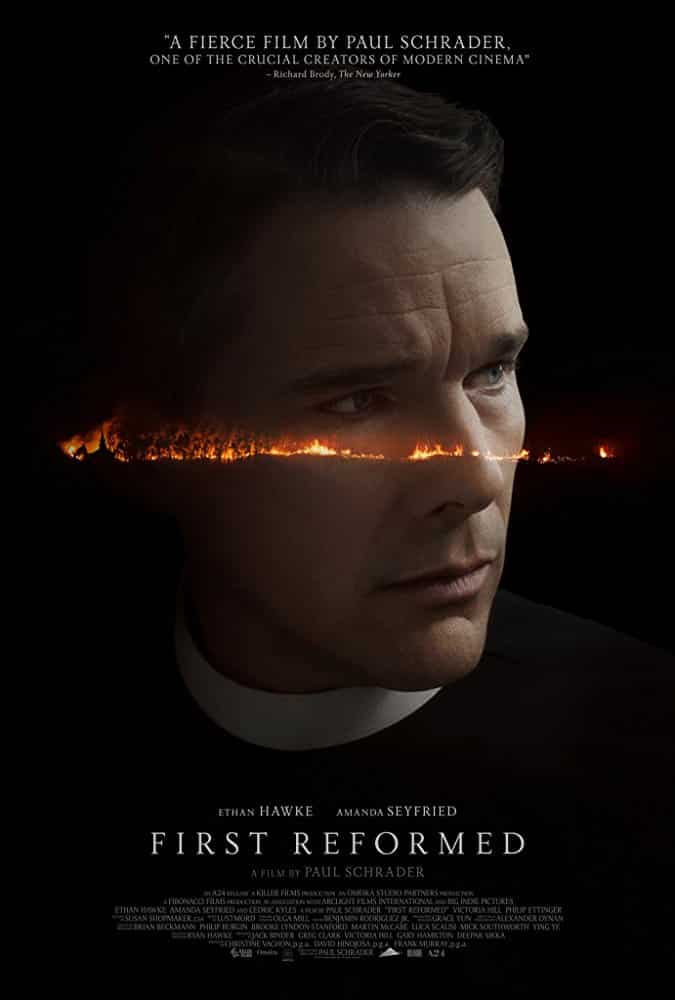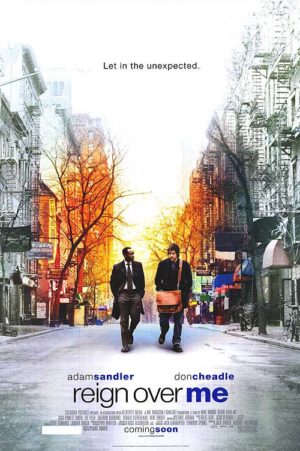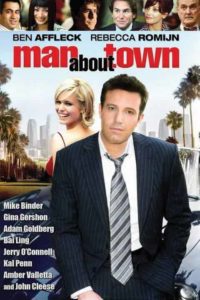The professional craft of creating a film budget, movie budget, or tv budget for entertainment content production
What is Film Budgeting?
The skill of creating a film budget, movie budget, or tv budget for entertainment content production is the process of film budgeting. This entails generating the key financial documents which enable and guide the financial and logistical expense of an entertainment, commercial or artistic production.
Film budgeting is critical for obtaining film financing and to launch tv pilots and tv series. For both large Major Hollywood Studio and indie film budgets the process entails similar attention to detail.
Film Budgeting and Scheduling
The production shooting schedule is of critical importance to the film budgeting process. The two terms are therefore somewhat interchangeable. More on scheduling below.
What is Required for Film Budgeting?
Film budgeting requires knowledge of film, movie and tv series production. This can be obtained through producing entertainment content. It’s important that a producer is experienced working for independent production companies, major studios, networks, cable television, and streaming platforms.
Understanding how a film is prepped, filmed, completed, and delivered is a skillset required for successful film budgeting. Indie film budgeting and big budget movies require similar, but different, skills and experience. A producer or line producer with knowledge all levels of filmmaking is essential to successful budgeting for a wide range of productions.
Who Creates the Film Budget or TV Budget for a TV Series?
Film budgeting, tv budgeting, and movie budgeting are executed by a producer, line producer, production manager, Directors Guild of America Unit Production Manager (DGA UPM) or production accountant. It is most often the role of the Line Producer to create the film budget. However, each of these crew members are capable if experienced. Line producers are highly experienced veteran producers or production managers with many years completed working in the film and television industry.
How Does Film Budgeting Work?
Film budgeting is an intensive process of calculating the costs associated with the above mentioned types of shows. A seasoned line producer uses all of their understanding of production gained over many years. The producer creates indie film budgets, major studio, and streaming movie budgets by carefully crafting a document which contains all of the amounts of funds required to ultimately deliver the picture to a distributor. It is critical that they know what they are doing, how to do it, and how to deliver the production to a distributor.
The Final Result of Film Budgeting
The final result of film budgeting is the film budget or tv series budget, indie film budgets, or large movie budgets from which a production can be produced with confidence, accuracy, and reliability. Film financiers and distributors rely upon the film budgeting by the producer to guarantee successful results. Producers are vetted and trusted by those financing or commissioning the project.
What Does the Process of Film Budgeting and Scheduling Entail
The process of film budgeting and scheduling entails the producer envisioning the production mentally in advance of its physical creation. Meticulous attention to detail is utilized to ensure all manners of costs are included, the correct amounts, and time frames. The producer utilizes their understanding of physical production, talent fees, costs, film financing, and other expenditures required to account for each production element.
Screenplay Reading For Film Budgeting
First, the producer reads the screenplay or teleplay for the show. The producer must take into account the creative and the practical factors associated with the intent of the screenwriter. This process may include interaction with the director toward realizing the creative vision. A producer may read the script twice, once for a creative read and a second time for a physical production read.
Screenplay Breakdown
The producer or production manager will then create a screenplay breakdown in which they organize and categorize the particular elements of the production which are needed to be hired, rented, or purchased for the prep, shoot, and post production. A script breakdown, as it is also known as, involves analysis and documentation of all required pieces of equipment, specific personnel, and materials needed.
Each page of the script breakdown corresponds with a scene in the film, movie or television show.
Scene numbers, scene page length, slug lines, and scene description summary are included in the breakdown to identify each scene.
Production Elements
Production elements include: stunts, stunt equipment, special camera rentals, camera platforms, cranes, autos, trucks, specific picture vehicles, props, set dressing, water unit equipment, lighting requirements, locations, construction, atmospheric requirements: smoke, fog, air conditioning, heating, etc., animals and trainers, holding areas for extras, specific wardrobe, special make-up effects (FX), etc.
Scheduling – Production Scheduling and The Shooting Schedule
Once the screenplay breakdown is complete and the production elements are categorized, the work of scheduling commences to create the shooting schedule.
The Strip Board Shooting Schedule
Each page of the screenplay breakdown is converted to a strip (a thin 8” wide row in a strip board set) representing each scene on the board. This time honored tradition is referred to as Strip Board, and once completed the Strip Board Shooting Schedule.
Traditionally this work was created by hand on cardboard, with strips inserted into a hard board with slots for the strips – hence the strip board name. Computers have long since made this function easier by allowing for digital representations of this physical process.
Production Scheduling
Production scheduling can begin with all of the strips are in place. While a First Assistant Director is generally responsible for the shooting schedule for the duration of filming, the line producer must use their experience to create it for the film budgeting and scheduling process (unless this task is undertaken with the assistance of a First A.D. which can be a luxury not often available.)
The producer, line producer, or production manager has in addition to film budgeting experience a solid understanding of the shooting schedule requirements. They bring all of their know how to bear upon arranging the strips on the board to coincide with how they understand best to shoot the film or television production.
Factors taken into consideration in generating the scheduling include but are not limited to economy of filming at sets, locations, studios, weather, talent availability, government restrictions, and finance requirements which might affect the order of filming.
Scenes which are set in the same location are grouped together to be filmed efficiently. Those scenes in which the lead talent appear are considered to likewise be organized with an eye to minimize their time, and cost, on the production.
All of these considerations are balanced to create the schedule for filming. The amount of work to be completed each day is affected by the length and specific filmmaking to be produced, allowing for the ultimate goal of the schedule – knowing how many Shooting Days are required to complete the production.
Once completed, the scheduling allows the producer to now see clearly which cast members and which production elements are required. Most importantly it can now be clearly determined for how long each of these elements are needed, affecting both time and money.
Film Budget and Schedule
Film budget and schedule work can now be refined to consider each of the elements and the time frame for which they are needed. This process estimates the costs of the location(s) for filming which have been determined (the country, city, neighborhood, etc.) as well as the specific Location requirements (commercial and residential buildings, homes, businesses, restaurants, bars, etc.)
Likewise each and every production element goes through the costing process. Crew members, rentals, purchases, and contractual costs are detailed.
Film Crew Rates
Production crew rates are determined based upon the level of the movie budget (budget thresholds) and the geographic region, as dictated by the local union or customary crew rates for that particular area.
Film Tax Credits and Film Tax Incentives
Film tax credits and film tax incentives utilization in connection with the movie budget are taken into consideration for each and every purchase or expense. These decisions impact the financing of the production and must be adhered to for the film finance structure to be maintained and ideally to maximize the net benefit to the production, and for the financiers or distributor.
Film Budget
The film budget is the financial document financiers and distributors look to for the associated costs of the production and is arranged by accounts and categories. A Chart of Accounts is created which is numbered and corresponds with the production elements generally required. Within the accounts are Categories of items needed. Below each category are levels of Detail which further delineate the costs of production and specific expenses.
The producer goes account by account and line by line, calculating each cost and expenditure. Union or guild rules and regulations are considered and adhered to. Associated costs with each production element is likewise added (ie., shipping, taxes, permits, etc.)
Above The Line
Above the Line, customarily known as ATL refers to costs not included as production elements nor contractual charges, and primarily represent talent: director, producers, actors and their associated costs.
Below the Line
Below the Line, customarily known as BTL refers to costs associated with the production elements. This is generally the physical production costs of producing the television show, series or movie.
Production Period
Production Period refers to those costs associated with the preparation (prep) and shooting (filming or capture) of the production.
Post Production
Post Production refers to the expense of finishing the movie or tv series. This section contains all costs of post production supervision, editing, sound, music, conforming, color correction, manufacturing of deliverables, and creation of assets which allow the distribution of the entertainment content.
Contractual Charges
Contractual Charges are calculated and described. These are costs that do not fall under production elements.
Contingency
The Contingency, is a set aside amount of funds which are attributable and only used for unexpected emergency expenditure. This is generally recognized as an untouchable, set percentage of the overall movie budget.
Completion Guarantee Bond
The Completion Bond, Completion Guarantee, or the Bond, is a form of specialized insurance provided by a bonding company for the entertainment content production industry. This fee is allocated to the Completion Guarantee Company as a percentage of the overall budget. The completion guarantee ensures the production will be completed and delivered for the agreed amount detailed in the film, movie, or tv series budget.
Film Finance Expense
Film Finance Expense is listed as a contractual charge, if included in the movie budget. This can be a percentage of the movie budget or a set fee amount in connection with the financing of the picture.
The Overall Result of Film Budgeting
All of the above factors are taken into consideration in the film budgeting process. Each item is determined as necessary or not, its amount of time needed, and its cost calculated and detailed. Once completed the sum of these calculations and considerations provide the principles involved in the production the overall cost, or the movie budget, or tv budget.
Movie Budget
The movie budget generally refers to the overall figure calculated and generated by the film budgeting and scheduling process used to create the film budget. The movie budget is commonly referred to as the precise figure that emerges as the cost of the production of the movie, film, or tv series production.
This can likewise be referred to as the film budget when quoted as a single figure, as opposed to referring to the underlying document supporting the overall budgetary figure.
TV Budget
The tv budget refers to the budget of a television production. This can be a tv series, a tv pilot, or a tv movie for television networks, cable tv stations, or streaming services (ie., Netflix, Amazon Studios, HBO Max, etc.) TV budgeting is required to convey the cost of a tv program.











